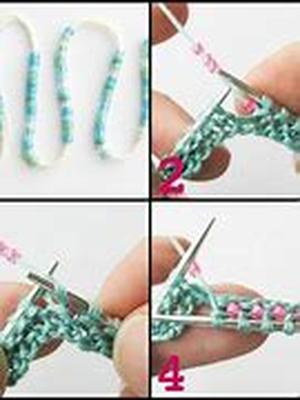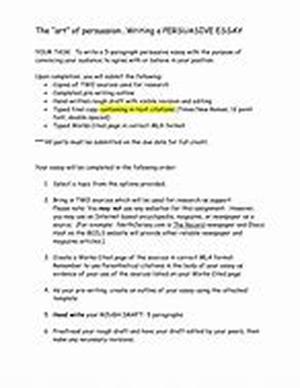
Publishing Guidelines: You Are Welcome To Publish This Article In Its Entirety, Electronically, Or In Print Free Of Charge, As Long As You Include My Full Signature File For Ezines, And My Web Site Address In Hyperlink For Other Sites. Please Send A Courtesy Link Or Email Where You Publish. Thank You.TITLE: Four Different Ways People Process Your InformationAUTHOR: Sandra SchriftCOPYRIGHT: 2006 By Sandra Schrift. All Rights ReservedFormat: 60 Characters Per LineFour Different Ways People Process Your InformationThere Are Four Different Ways That Audience Members Assimilate Information. They Are: Visual, Auditory, Auditory Digital, And Kinesthetic. While All Members Of The Audience Will Process Information Utilizing All Four Of These Approaches At Different Times, Each Audience Member Will Individually Tend To Rely On One Of These Approaches More Than The Other Three. Visual: These People Memorize And Learn By Seeing Pictures And Are Less Distracted By Noise Than Others. They Often Have Difficulty Remembering And Are Bored By Long, Verbal Presentations Because Their Minds Will Wander. They Are Interested In How Your Presentation Looks. They Like It When You Use Words Like See, Look, Envision, Imagine, And Picture In Your Presentation As These Words Encourage Them To Make Pictures In Their Minds. Auditory: These People Are Easily Distracted By Any Noises Occurring During Your Presentation. Typically These Audience Members Learn By Listening, Your Vocal Tone And Vocal Quality Will Be Very Important With These People. Words That Work Well With People In This Category Include Hear, Listen, Sound, Resonate, And Harmonize. Auditory Digital: These Audience Members Spend A Fair Amount Of Time In Their Heads Talking To Themselves. They Memorize And Learn By Steps, Procedures, And Sequences. They Want To Know That Your Presentation Makes Sense. Words That Are Effective With These People Include Sense, Experience, Understand, Think, Motivate, And Decide. Kinesthetic: These Audience Embers Often Speak Very Slowly. They Are Much More Oriented Towards Their Feelings Than People In The Other Three Categories. They Learn By Actively Doing Something And Getting The Actual Feeling Of It. They Are Interested In A Presentation That Feels Right Or Gives Them A Gut Feeling. Words That Are Effective With These Audience Members Include Feel, Touch, Grasp, Concrete, Get Hold Of, And Solid. Approximately 40 Of The Population Are Primarily Visual, Approximately 40 Are Primarily Kinesthetic, And The Remaining 20 Are Primarily Auditory And Auditory Digital In How They Process Information.





